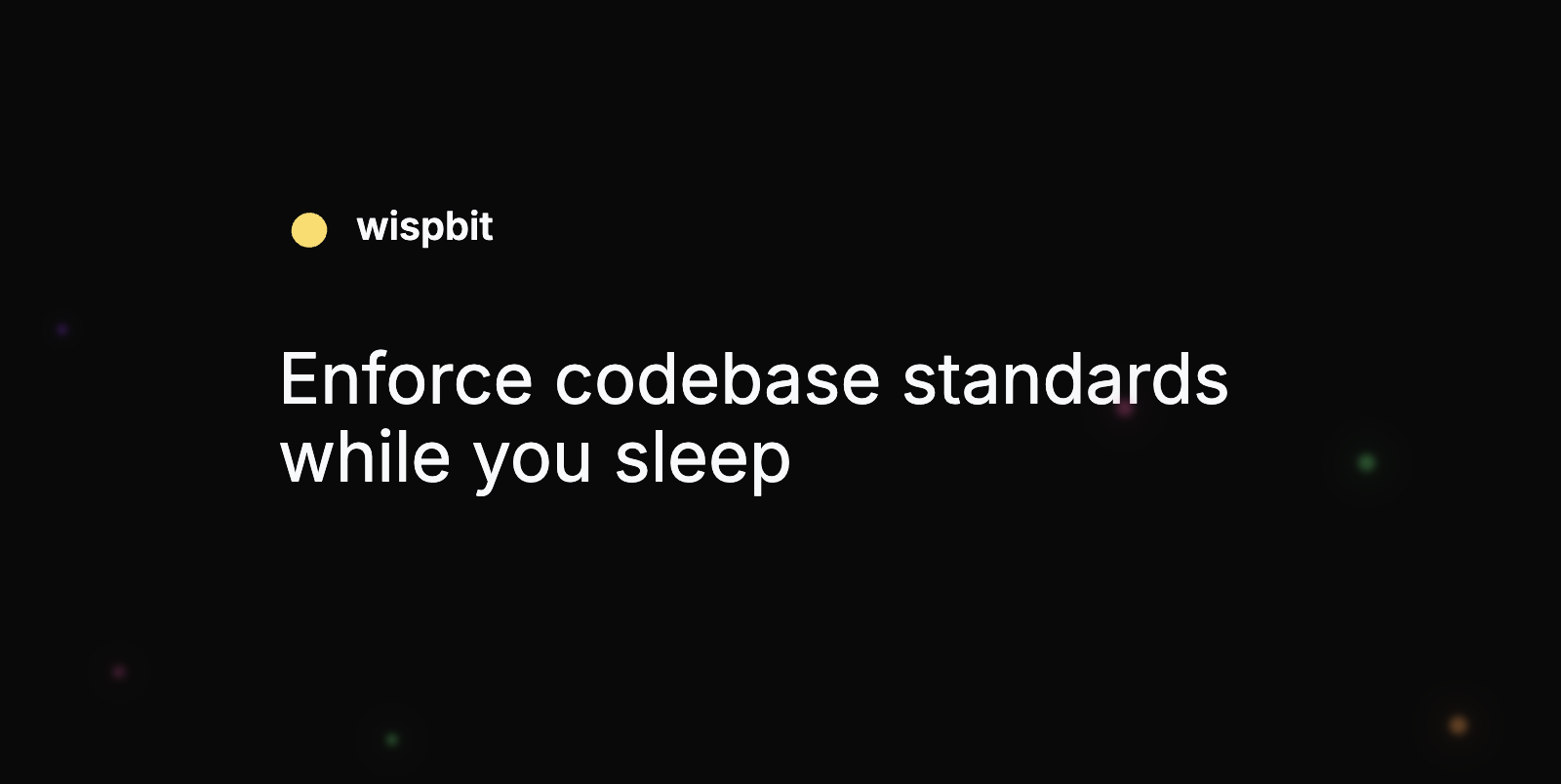DevOps Articles
Curated articles, resources, tips and trends from the DevOps World.
The EU’s Cyber Resilience Act: Redefining Secure Software Development
Summary: This is a summary of an article originally published by DevOps.com. Read the full original article here →
The European Union’s Cyber Resilience Act (CRA) is set to redefine the landscape of secure software development, establishing new requirements for software producers to ensure their products are resilient against cyber threats. This act places significant responsibility on developers and suppliers, emphasizing the importance of building security into the software development lifecycle from the ground up.
With the increasing frequency of cyber attacks, the CRA aims to protect users and businesses by mandating that software should not only be reliable but also robust against vulnerabilities. It introduces a framework that requires software components to meet certain security standards, which is a shift towards a more proactive approach to cybersecurity in the digital age.
Developers are encouraged to adopt best practices that include regular updates, timely patch management, and complete transparency in software supply chains. This regulatory measure will influence teams globally, pushing them towards a culture of security-first development and continuous improvement. The CRA is expected to foster an environment where secure coding practices become a norm rather than an afterthought.
Moreover, the act aims to harmonize regulations across member states, reducing discrepancies that often lead to regulatory confusion and compliance challenges. As organizations adapt to these new regulations, the need for tools and methodologies that support secure DevOps practices will be more critical than ever, paving the way for a new era of software development that prioritizes resilience against cyber threats.
Product
Useful Links
Made with pure grit © 2025 Jetpack Labs Inc. All rights reserved. www.jetpacklabs.com





